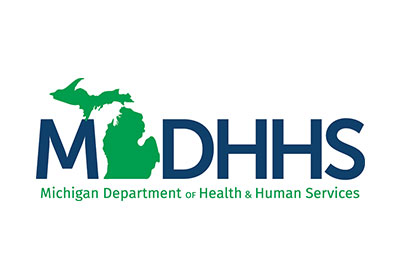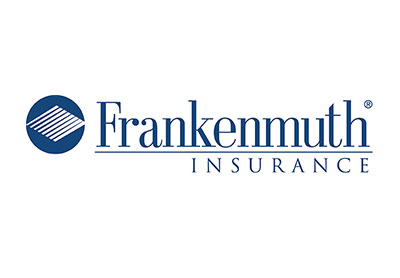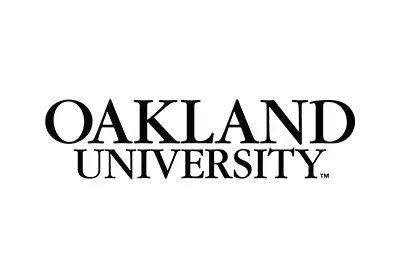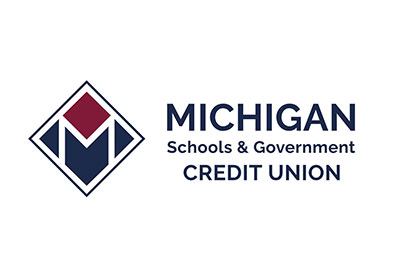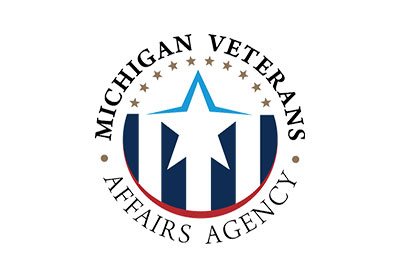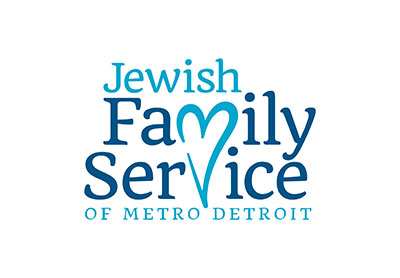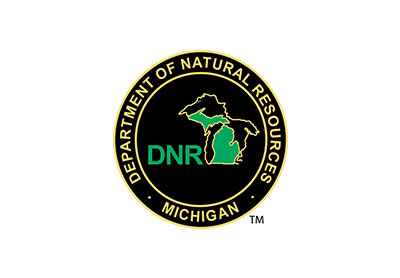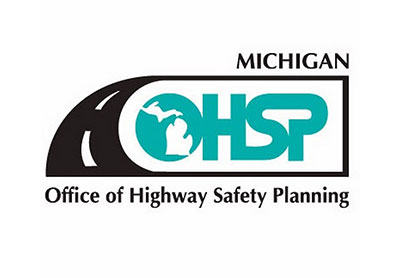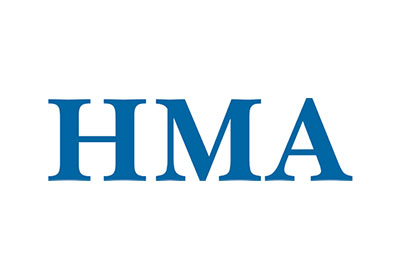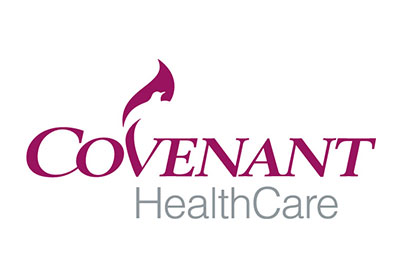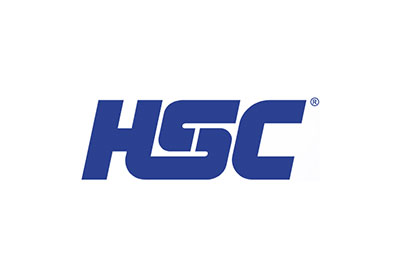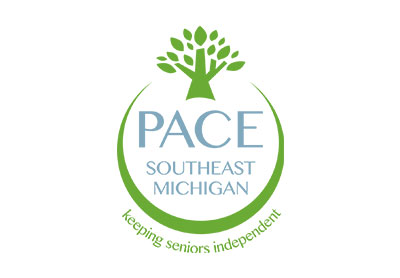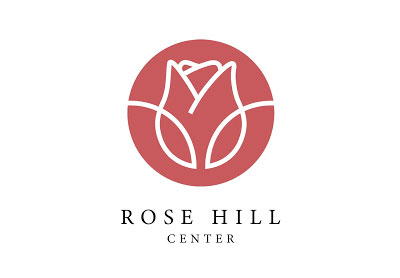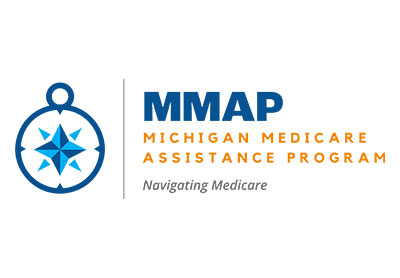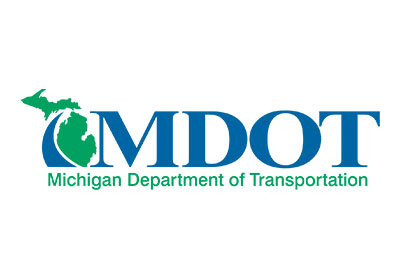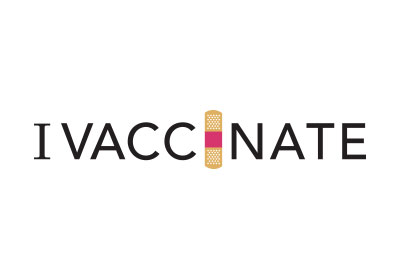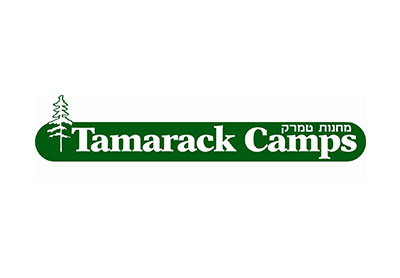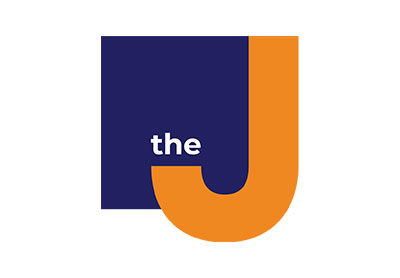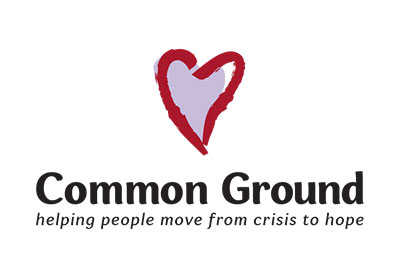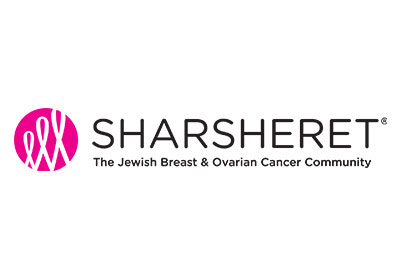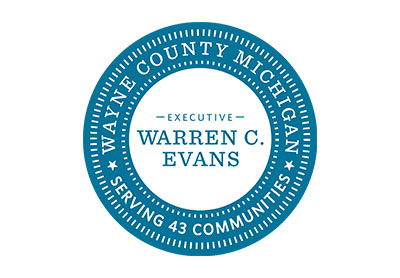
From who’s seeking care to how they expect to receive it, healthcare is transforming fast. In a recent presentation to the agency, Account Director Angela Stankoff explored the biggest changes driving that shift… and what they mean for patients, providers and brands for the future.
Here are four healthcare trends leading the way into 2026.
-
We’re entering a major demographic shift.
The U.S. healthcare industry is approaching a largescale demographic shift. In just five years, it’s projected that 1 in 5 Americans will be over 65. The year 2030 will mark the first time that Gen X (those born between 1965 and 1980) will reach retirement age. This also brings:
- Rising utilization: Older adults are the highest users of healthcare services. The Centers for Medicare & Medicaid Services (CMS) estimated in 2020 that while those over 65 made up 17% of the U.S. population, they accounted for nearly 40% of all healthcare spending. Those numbers are expected to rise as the population continues to age and use more health services.
- Evolving expectations: Younger generations (Millennials and Gen Z) are beginning to age into a more frequent utilization of healthcare. These groups bring diverse backgrounds and expectations, such as digital tools and convenience. Healthcare systems must prepare for more diverse patient needs and expectations.
Meeting the needs of tomorrow’s patients requires systems that are more flexible, connected and inclusive than ever before.
-
Trust is key.
Trust isn’t just a marketing message; it should be embedded into a health system’s overall strategy and patient experience. Angela’s presentation emphasized that trust is the strongest predictor of patient loyalty and advocacy.
The 2024 NRC Market Insights survey found those who gave a 9 or 10 response to the NPS question “How much do you trust [your top-of-mind hospital]” were nearly 300% more likely to recommend a hospital if they said they trusted that hospital.
Even when controlling for age and other demographic factors, trust emerged as the highest correlation of likelihood to recommend.
-
AI moves to the bedside.
A growing majority of health industry leaders report that they’ve implemented or are actively exploring AI to improve efficiency and reduce costs.
One example is ambient listening technology: a voice-recognition software that listens to patient-provider conversations in real time and extracts key details for clinical notes. The innovation allows providers to:
- Focus fully on the patient during visits.
- Streamline documentation.
- Increase clinical efficiency and reduce provider burnout.
With thoughtful implementation, AI is helping healthcare organizations improve outcomes, enhance experiences, and ease provider strain, all without losing the human touch.
-
Accessibility drives decisions.
Today, access is everything. It’s no longer just about having services available; it’s about how quickly and easily patients can use them.
- According to NRC data, patients across all generations say that easy access to care sets hospitals apart from their competitors.
- Younger consumers are especially likely to make care decisions based on convenience and easy access.
- Less than half of consumers overall say their “top-of-mind” hospital or health system makes it easy for them to access the services they need.
NRC Health data also reports that access plays directly into trust: patients who find it difficult to connect with care are less likely to see a system as reliable. By not addressing these issues, health systems are at risk of losing patients to competitors or non-traditional care providers that can provide faster, more seamless service.
For brands and agencies working in the healthcare space, these industry trends highlight one clear message: the future of care will be built around access, empathy and innovation. Hooked to hear more? Subscribe to our Brogan blog for all the latest.


